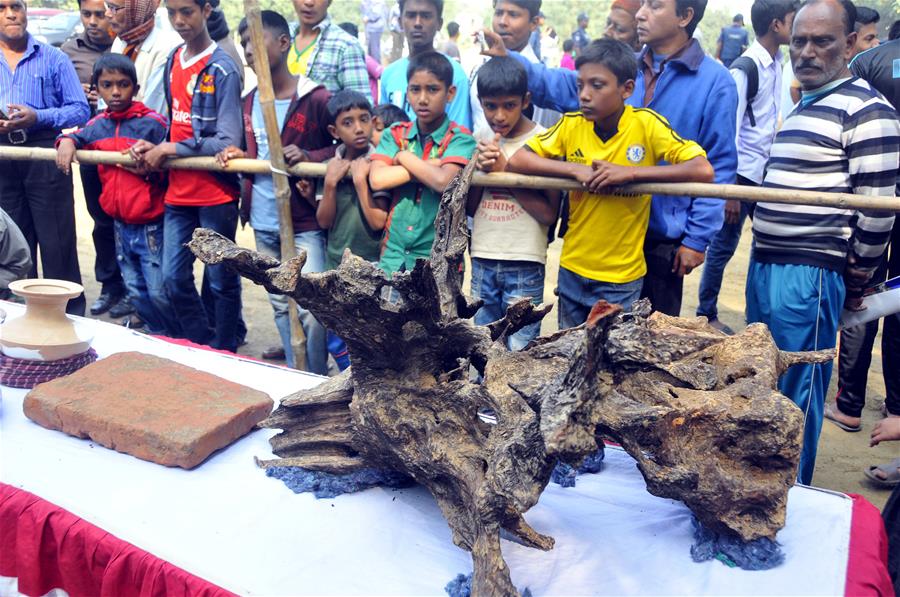DepthReading
Hunan archaeologists excavated Bangladeshi Buddhist Heritage Site, unveiling the medieval ancient city
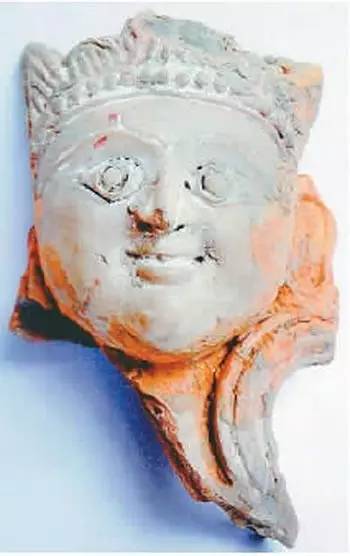
The unearthed statue from Vikrampura
According to Tibetan historical materials, the eulogy by Nag-tsho Lo-tsa-ba Tshul-khrims-rgyal-ba to Atisa, the Bangladeshi eminent monk and one of the forefathers of Tibetan Buddhism, described the birth place of Atisa – Vikrampura. The ancient city mentioned by the Tibetan historical materials has been verified by the recent discovery of the Vikrampura Buddhist heritage site. With the two-year efforts of a joint expert team composed of archaeologists from China and Bangladesh since 2014, the medieval city has been excavated.
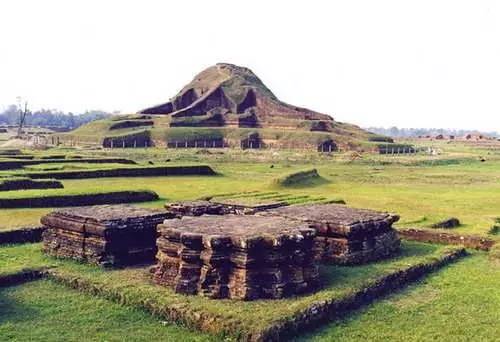
1.Bangladesh asked for help
Vikrampura is one of the most famous Buddhist heritage sites. For a long time, it is easy to identify the Vikrampura Buddhist site mentioned on heritage objects like excavated Buddhist stone carving, brick carving, earthenware, wooden boats, copper coins, carved words and etc., which have been collected by museums at home and abroad. Local folk often spot ancient brick walls and relics when digging ponds or laying foundations for houses. Almost half of the stone carved statues exhibited in Bangladesh National Museum were uncovered in Vikrampura.
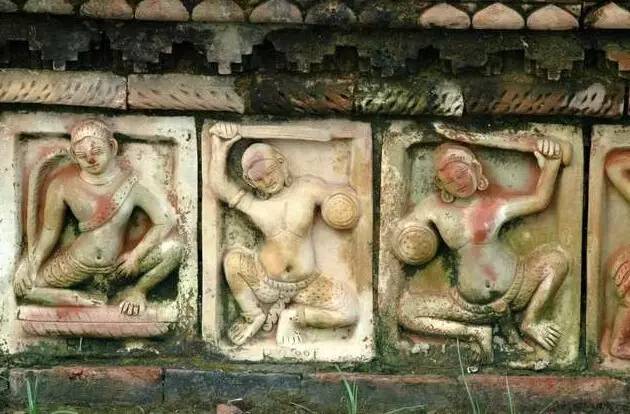
Based on the deep cultural tradition between the two nations, Bangladeshi heritage related departments called the Chinese embassy in Bangladesh for help in terms of the archaeological excavation of the Vikrampura Buddhist site. With the efforts of the Chinese embassy in Bangladesh, Hunan Institute of Archaeology contracted withthe Bangladeshi heritage related departments to confirm a long-term archaeological excavation and conservation cooperation. This is China’s first archaeological collaboration with a country in the South Asian subcontinent.
According to Chai Huanbo, the Chinese head of the joint expert team and researcher of Hunan Institute of Archaeology, it is a comprehensive co-working, not limited within the cooperative excavation, but including repairing earthenware, examining cultural artefacts, sorting out unearthed relics, and writing reports.
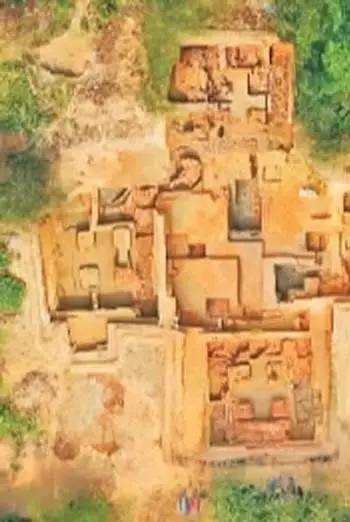
“Cross-shaped” sacred complex (Centrpur Shrine)
2.Discovering the cross-shaped remains
Since 2014, the joint expert team has initiated twice large-scale archaeological surveys in Nateshwar of Vikrampura, excavating an area over 4,000 square kilometers. In the excavation, the joint team identified a “cross-shaped” central sacred complex (Centrpur Shrine).
Meanwhile, a great number of pagodas, roads, ash pits and other archaeological remains were unearthed, including a Garbha griha (womb chamber) within a pagoda. In addition, earthenware combination of different ages and other cultural artefacts were found.
“One of the most important achievements is the discovery of the ‘cross-shaped’ central sacred complex,” Chai said. Most of the early remains of Nateshwar are Buddhist shrines and dwelling houses of monks. The later remains are the “cross-shaped” central sacred complex and affiliated facilities, which date back to 10th to 13th century, a typical example of East Indian Vajrayana Buddhist architectural style.
“This massive multi-functional Buddhist heritage site, matching the description of the capital in many literatures, a mysterious medieval ancient city which has long fallen into oblivion, has now come into view of the public from literatures and legends,’ said Chai.
According to him, after two-year long efforts, the excavation of the core region inNateshwar has been accomplished. They are conducting the archaeological investigation in the neighboring residential area, and have uncovered many related heritage sites, which will contribute a lot to understanding the structure of the temple complex and establishing a long-term archaeological scheme.
3.Displaying the original heritage site
The massive volume of the heritage site gives rise to a new topic and new challenge—the conservation of the original complex.

“The archaeological discovery and research indicate that Vikrampura will either become an excellent case for large architectural complex conservation or function as a special form of evidence for a vanished or vague historical tradition. It also has to do with the reestablishment of the local history, dissemination of Buddhist culture, and communication between China and Bangladesh. It is qualified for a nomination to the World Heritage List,” said Chai.
“The volume of the historical remains in Nateshwar is very impressive, enabling us to construct an archaeological park. In terms of the features and the state of conservation, we will not backfill the excavated site with the original buildings, nor reproduce a copy of the authentic ones. We choose to lay out the original body for visitors to enjoy the authentic beauty of the heritage site,” in terms of the follow-up conservation and development, said Chai.
Category: English
DepthReading
Key words:

